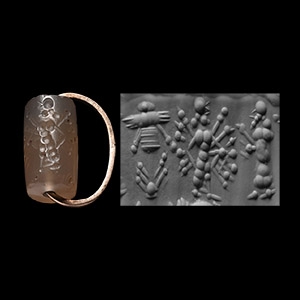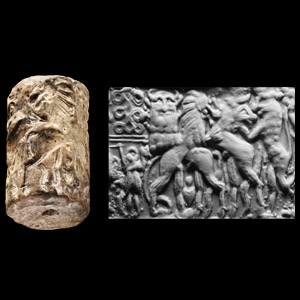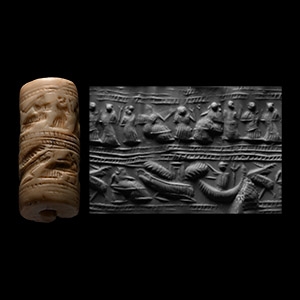Home > Auctions > 5 - 9 September 2023
Ancient Art, Antiquities, Natural History & Coins
Auction Highlights:
‘The Ancient Menagerie Collection’ formerly the property of a Cambridgeshire lady, collected since the 1990s and acquired from auctions and dealers throughout Europe and the USA, now ex London collection.
Acquired late 1980s early-1990s.
Private collection, Nottinghamshire, UK.
Ex Law Professor in Alexandria, prior to 1930.
Ex collection M. Bouvier, Switzerland (1901-1980).
Cf. Bogdanović, J., Sinkević, I., Mihaljević, M., Marinkovic, C., Series: Art and Material Culture in Medieval and Renaissance Europe, Leiden-New York, 2023, figs.1.6,1.7, for bronze busts of empresses; cf Wamser, L., Die Welt von Byzanz - Europas Östliches Erbe, München, 2004, fig.355, for a 6th-7th century A.D. Roman example of a tripod with busts.
The image of the Roman Empress during the late Roman Empire, was connected to Christianity by the figure of the Empress Helena. Constantine had several cities renamed Helenopolis in honour of his mother, Helena, and she gained the political verification of power with the status nobilissima femina in 318 and the rank of Augusta in 324. Alongside her social and political image, Helena also had a significant reputation as a good Christian who was a patron and took care of poor people. Owing to this powerful religious image that was created, all other Christian women during the Eastern Roman Empire were encouraged spiritually by the fact that Helena was the mother of the first Christian emperor, and the image of the Roman empress was connected to the Christian image of the Mother of God, and represented on weights, bronze appliques and, in this case, maybe as an upper mount of a tripod.
Acquired 1970s-1996.
Property of a North American collector.
London collection, 2016.
This lot has been checked against the Interpol Database of stolen works of art and is accompanied by search certificate number no.11823-207411.
Cf. Miller, S., The Mosaics of Tiberias and Hammat Tiberias during the Roman, Byzantine and Early Islamic Periods, Jerusalem, II Vol., 2011, pl.11 nos.3,4,5; pl.17 no.3, pl.26, no.8.
The tendency to use abstract and geometric motifs characterises the mosaic art of the Levant under the domination of Byzantium. Close ties can be identified between these rhomboidal figures and those of some of the famous Lebanese mosaics of Beit el Dine, or the mosaics of Tiberias and Hammat, which represent the last expression of Roman art in that area before the Islamic conquest.
From the collection of a North American gentleman, formed in the 1990s.
This lot has been checked against the Interpol Database of stolen works of art and is accompanied by search certificate number no.11864-200658.
Cf. Ross, M.C., Catalogue of the Byzantine and Early Mediaeval Antiquities in the Dumbarton Oaks Collection, Volume 2: Jewelry, Enamels and Art of the Migration Period, Washington, 2005, pl.XCVIII, items 62,179, for similar engravings of an angel on a ring and a pendant; the same image appears on the coins of Anastasios I (491-518), see Wamser, L., Die Welt von Byzanz - Europas Östliches Erbe, München, 2004, item 44, 639 (ring).
The Roman motif of winged Victory bearing a laurel wreath was slowly replaced with the image of Archangel Michael carrying the victory cross when the Roman Empire converted to Christianity.
Toufic Aarakji, Hamburg, 1998.
with Christie's, London, sale no.21014, lot 62.
This lot has been checked against the Interpol Database of stolen works of art and is accompanied by search certificate number no.11867-206897.
Cf. The Cleveland Museum of Art, accession number 1980.102, for similar.
From the important family collection of the late M.N., pre 1992.
See Hammond, P.C., A Classification of Nabataean Fine Ware in American Journal of Archaeology, Vol.66, no.2, for discussion.
Acquired by Barbara Toy, 1950/60s and thence by descent.
Cf. limestone block in the collection of the British Museum under accession no. 141539 (1985,0223.8) with more extensive legend in the script.
The South Arabian script is an abjad written sinistrograde; the present text appears to contain the numerals for '1' and '100'.
From a family collection formed 1900-1950; by descent circa 1980.
Acquired 1970s-1996.
Property of a North American collector.
London collection, 2016.
Cf. Collon, D., First Impressions. Cylinder Seals in the Ancient Near East, London, 2005, item 337.
From an important London, UK, collection, 1970-1990.
Examined by Professor Wilfrid George Lambert FBA (1926-2011), historian, archaeologist, and specialist in Assyriology and Near Eastern archaeology, in the late 1980s and early 1990s.
Acquired 1970s-1996.
Property of a North American collector, collection no.077.
London collection, 2016.
Cf. Teissier, B., Ancient Near Eastern Cylinder Seals in the Marcopoli Collection, Berkeley, 1984, item 213, for type.
97 - 108 of 2453 LOTS

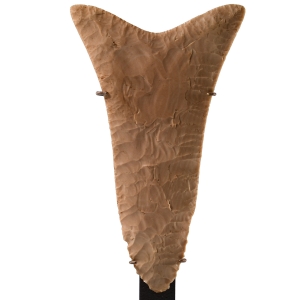
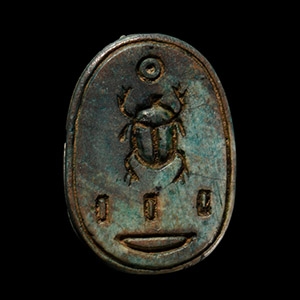
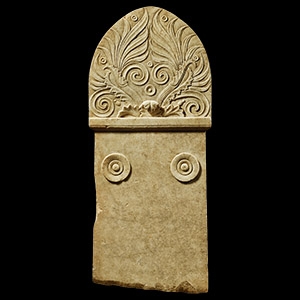
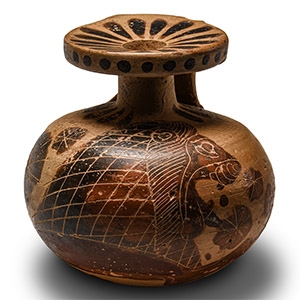
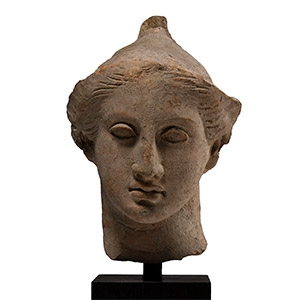
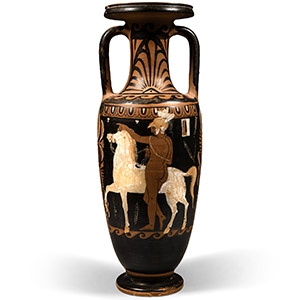
.jpg)
.jpg)
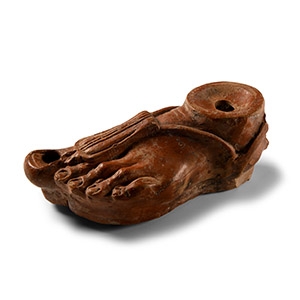
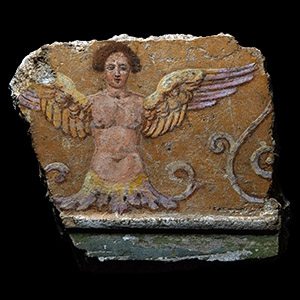
.jpg)
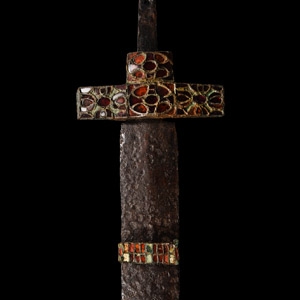
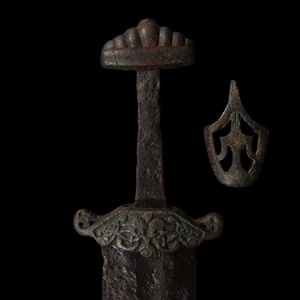
.jpg)
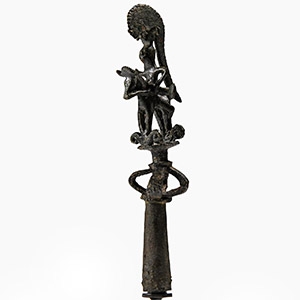


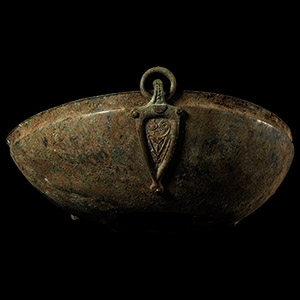
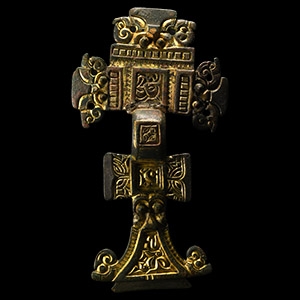
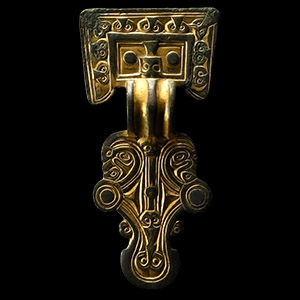
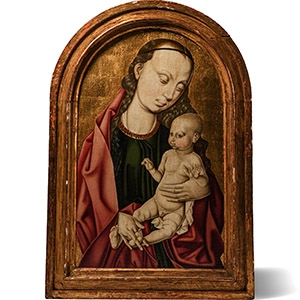

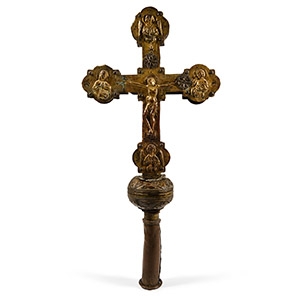
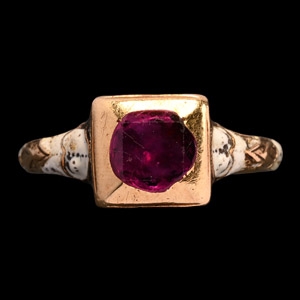


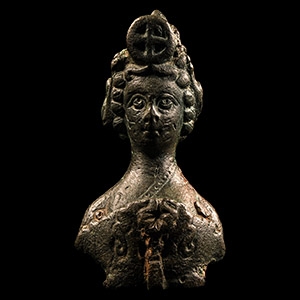

.jpg)
.jpg)


